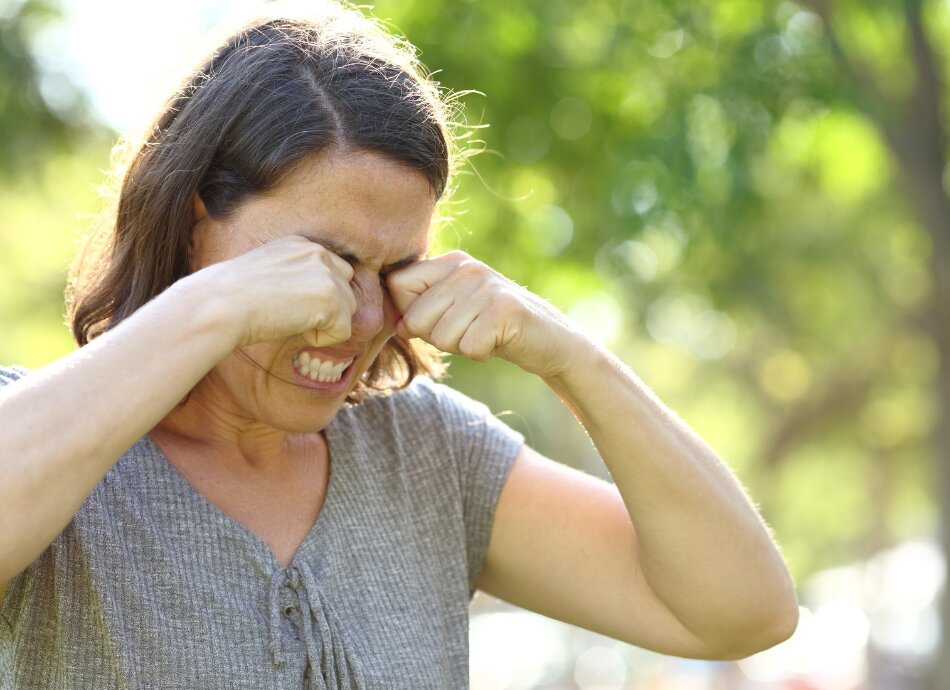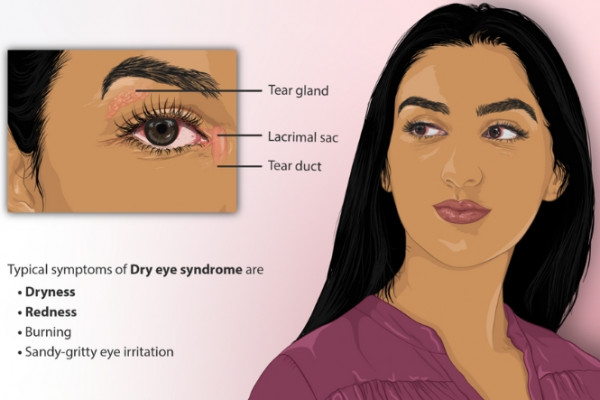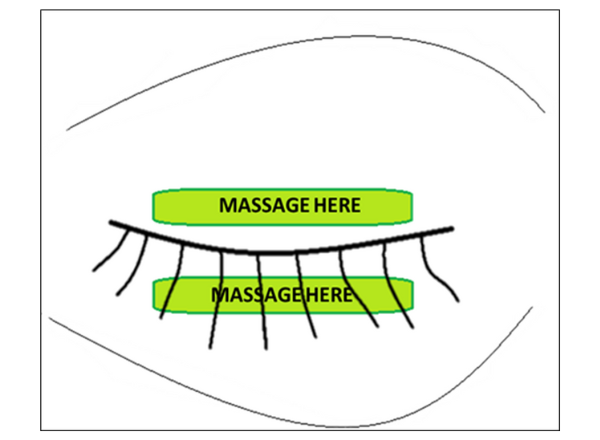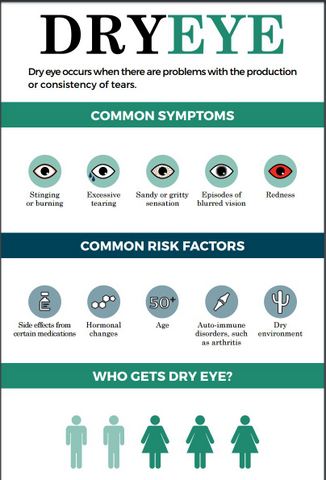Mahmoud R, Ziaei M. Key tests for diagnosing dry eye disease in general practice(external link) New Zealand Doctor, August 2022
Dry eye questionnaires
- Spiegle L. How to use dry eye questionnaires in your practice(external link) Review of Optometry, May 2022
- A review of 24 dry eye questionnaires identified 6 as meeting the expected criteria of including questions on health-related quality of life (HRQL) and being evaluated for psychometric properties. However, it was noted that the questionnaires differed in terms of their purpose and number of questions for DED. Healthcare providers should understand the characteristics of each before selecting one. The 6 were:
- Ocular Surface Disease Index (OSDI)
- Impact of Dry Eye in Everyday Life (IDEEL)
- Dry Eye-Related Quality-of-life Score (DEQS)
- University of North Carolina Dry Eye Management Scale (UNC DEMS)
- Chinese version of Dry Eye-Related Quality of Life (CDERQOL)
- 25-Item National Eye Institute Visual Function Questionnaire (NEI VFQ-25)
Okumura Y, Inomata T, Iwata N, et al. A review of dry eye questionnaires – measuring patient-reported outcomes and health-related quality of life(external link) Diagnostics 2020;10(8): 559










